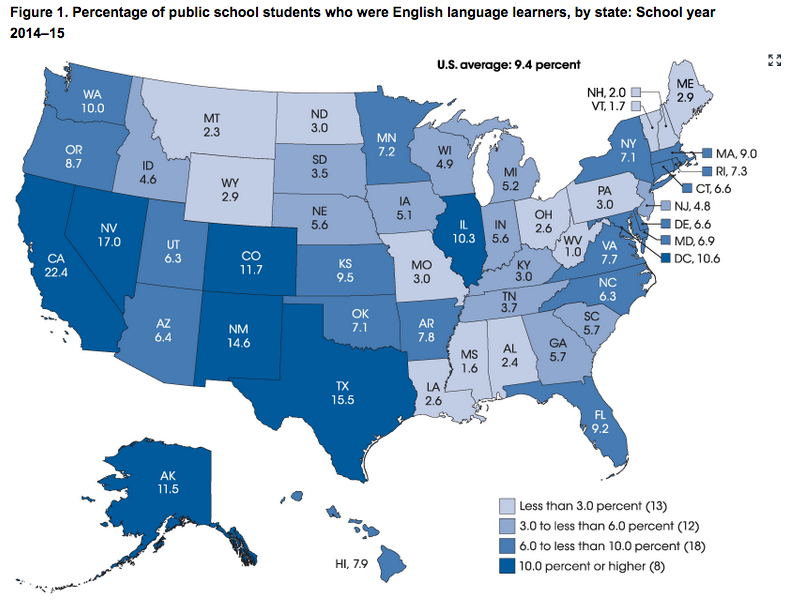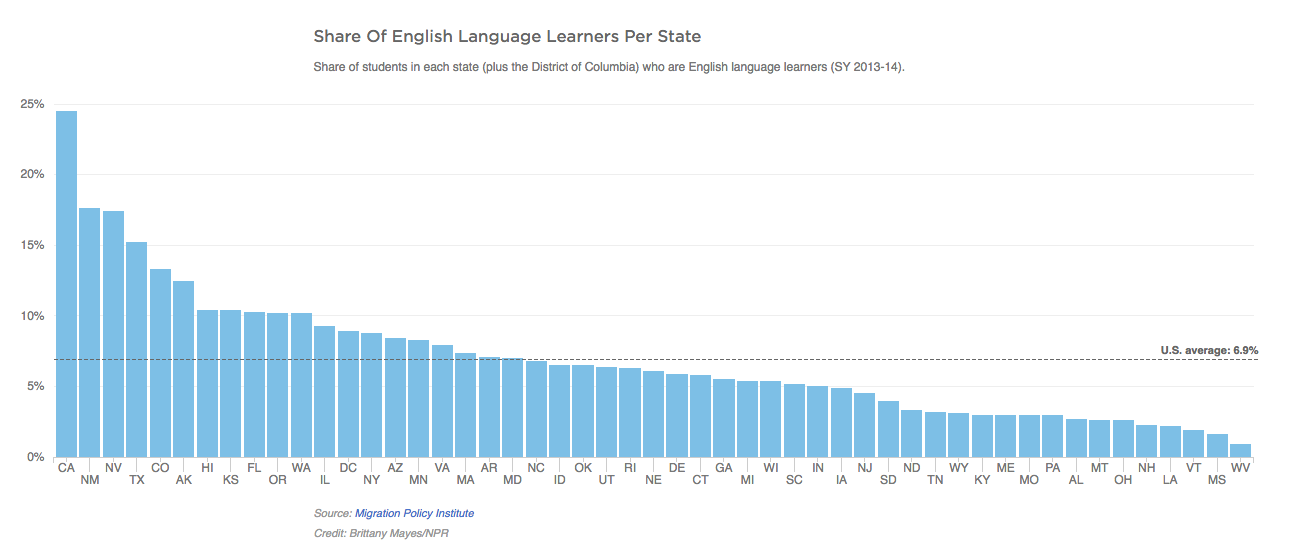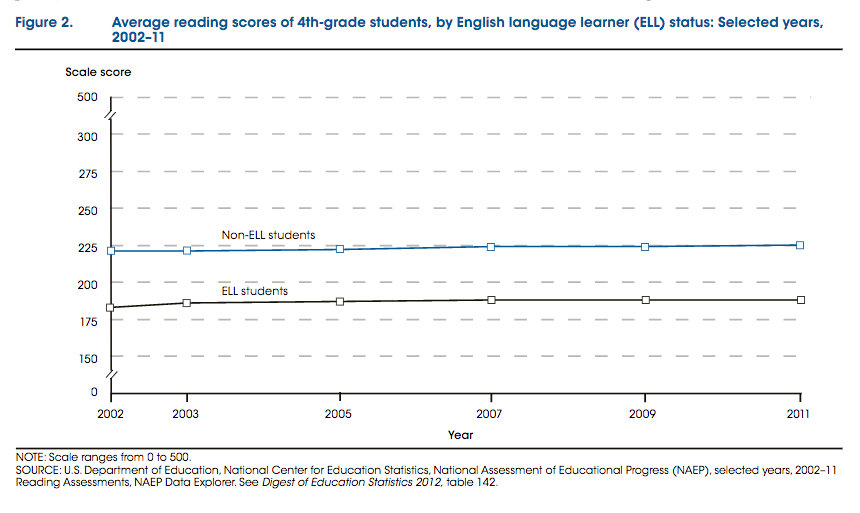[fullwidth background_color=”” background_image=”” background_parallax=”none” enable_mobile=”no” parallax_speed=”0.3″ background_repeat=”no-repeat” background_position=”left top” video_url=”” video_aspect_ratio=”16:9″ video_webm=”” video_mp4=”” video_ogv=”” video_preview_image=”” overlay_color=”” overlay_opacity=”0.5″ video_mute=”yes” video_loop=”yes” fade=”no” border_size=”0px” border_color=”” border_style=”solid” padding_top=”20″ padding_bottom=”” padding_left=”” padding_right=”” hundred_percent=”no” equal_height_columns=”no” hide_on_mobile=”no” menu_anchor=”” class=”” id=””][one_full last=”yes” spacing=”yes” center_content=”no” hide_on_mobile=”no” background_color=”” background_image=”” background_repeat=”no-repeat” background_position=”left top” hover_type=”none” link=”” border_position=”all” border_size=”0px” border_color=”” border_style=”solid” padding=”” margin_top=”” margin_bottom=”” animation_type=”0″ animation_direction=”down” animation_speed=”0.1″ animation_offset=”” class=”” id=””]
English Language Learning
English Language Learners (ELLs) are the fastest growing segment of the public school population in the U.S.
There are nearly 5 million ELLs in the U.S., which is approximately 10% of the student population. 77% of ELLs native language is Spanish. Arabic, Chinese, Somali, Haitian, Russian and Korean are natively spoken by more than 500,000 students.
Educating ELLs in English in varied academic subjects and developing required skills based upon Common Core and Next Generation Science standards is one of the biggest challenges in U.S. public education today.
 To Learn More about English Language School in the United States: https://nces.ed.gov/programs/coe/indicator_cgf.asp
To Learn More about English Language School in the United States: https://nces.ed.gov/programs/coe/indicator_cgf.asp
[/one_full][/fullwidth][fullwidth background_color=”” background_image=”” background_parallax=”none” enable_mobile=”no” parallax_speed=”0.3″ background_repeat=”no-repeat” background_position=”left top” video_url=”” video_aspect_ratio=”16:9″ video_webm=”” video_mp4=”” video_ogv=”” video_preview_image=”” overlay_color=”” overlay_opacity=”0.5″ video_mute=”yes” video_loop=”yes” fade=”no” border_size=”0px” border_color=”” border_style=”” padding_top=”20″ padding_bottom=”20″ padding_left=”” padding_right=”” hundred_percent=”no” equal_height_columns=”no” hide_on_mobile=”no” menu_anchor=”” class=”” id=””][one_full last=”yes” spacing=”yes” center_content=”no” hide_on_mobile=”no” background_color=”” background_image=”” background_repeat=”no-repeat” background_position=”left top” hover_type=”none” link=”” border_position=”all” border_size=”0px” border_color=”” border_style=”” padding=”” margin_top=”” margin_bottom=”” animation_type=”” animation_direction=”” animation_speed=”0.1″ animation_offset=”” class=”” id=””]
About 1 out of every 10 public school students in the United States right now is learning to speak English. These students are called called ELLs, for “English Language Learners.” There are nearly 5 million ELL students, and educating them in English and all the other subjects they need, is one of the biggest challenges in U.S. public education today.
Based on the most recent data available, NPR found that no matter where they go to school, most ELLs are struggling because they have little or no access to quality instruction tailored to their needs. Although 90 percent of these kids are enrolled in designated ELL programs, at least one recent study argues that the quality of these programs is suspect.
 To Learn More about the number of ELL students per state, please visit: https://www.npr.org/sections/ed/2017/02/23/512451228/5-million-english-language-learners-a-vast-pool-of-talent-at-risk
To Learn More about the number of ELL students per state, please visit: https://www.npr.org/sections/ed/2017/02/23/512451228/5-million-english-language-learners-a-vast-pool-of-talent-at-risk
[/one_full][/fullwidth][fullwidth background_color=”” background_image=”” background_parallax=”none” enable_mobile=”no” parallax_speed=”0.3″ background_repeat=”no-repeat” background_position=”left top” video_url=”” video_aspect_ratio=”16:9″ video_webm=”” video_mp4=”” video_ogv=”” video_preview_image=”” overlay_color=”” overlay_opacity=”0.5″ video_mute=”yes” video_loop=”yes” fade=”no” border_size=”0px” border_color=”” border_style=”solid” padding_top=”-50″ padding_bottom=”-25″ padding_left=”” padding_right=”” hundred_percent=”no” equal_height_columns=”no” hide_on_mobile=”no” menu_anchor=”” class=”” id=””][one_full last=”yes” spacing=”yes” center_content=”no” hide_on_mobile=”no” background_color=”” background_image=”” background_repeat=”no-repeat” background_position=”left top” hover_type=”none” link=”” border_position=”all” border_size=”0px” border_color=”” border_style=”” padding=”” margin_top=”” margin_bottom=”” animation_type=”” animation_direction=”” animation_speed=”0.1″ animation_offset=”” class=”” id=””]
The Achievement Gap
More than 90% of ELL students are enrolled in school sponsored programs, but most are struggling because they have little or no access to quality instruction tailored to their individual needs.
According to the National Center for Education Statistics, the achievement gaps between ELL and non-ELL students in the NAEP reading assessment were 36 points at the 4th-grade level and 44 points at the 8th-grade level.
English Language Learners (ELLs) face the double challenge of learning academic content as well as the language in which it is presented.
Teachers have traditionally treated language learning as a process of imparting words and structures or rules to students, separate from the process of teaching content knowledge. This approach has left ELLs especially unprepared to work with the complex texts and the academic types of language that are required to engage in content area practices, such as solving word problems in Mathematics, or deconstructing an author’s reasoning and evidence in English Language Arts.
 For more information about the achievement gap, please visit: https://nces.ed.gov/programs/coe/pdf/indicator_CGF/COE_CGF_2013_05.pdf
For more information about the achievement gap, please visit: https://nces.ed.gov/programs/coe/pdf/indicator_CGF/COE_CGF_2013_05.pdf
[/one_full][/fullwidth][fullwidth background_color=”” background_image=”” background_parallax=”none” enable_mobile=”no” parallax_speed=”0.3″ background_repeat=”no-repeat” background_position=”left top” video_url=”” video_aspect_ratio=”16:9″ video_webm=”” video_mp4=”” video_ogv=”” video_preview_image=”” overlay_color=”” overlay_opacity=”0.5″ video_mute=”yes” video_loop=”yes” fade=”no” border_size=”0px” border_color=”” border_style=”solid” padding_top=”-50″ padding_bottom=”20″ padding_left=”” padding_right=”” hundred_percent=”no” equal_height_columns=”no” hide_on_mobile=”no” menu_anchor=”” class=”” id=””][one_full last=”yes” spacing=”yes” center_content=”no” hide_on_mobile=”no” background_color=”” background_image=”” background_repeat=”no-repeat” background_position=”left top” hover_type=”none” link=”” border_position=”all” border_size=”0px” border_color=”” border_style=”” padding=”” margin_top=”” margin_bottom=”” animation_type=”” animation_direction=”” animation_speed=”0.1″ animation_offset=”” class=”” id=””]
Common Core State Standards and Next Generation Science Standards also call for all students, including ELLs, to master an array of academic language practices that are critical to achievement in content areas.
Raising the Achievement Gap for ELL students is one of the greatest challenges faced by American educators.
Solving this problem is critical to America’s future economic growth and global competitiveness.
[/one_full][/fullwidth]
 To Learn More about English Language School in the United States: https://nces.ed.gov/programs/coe/indicator_cgf.asp
To Learn More about English Language School in the United States: https://nces.ed.gov/programs/coe/indicator_cgf.asp To Learn More about the number of ELL students per state, please visit: https://www.npr.org/sections/ed/2017/02/23/512451228/5-million-english-language-learners-a-vast-pool-of-talent-at-risk
To Learn More about the number of ELL students per state, please visit: https://www.npr.org/sections/ed/2017/02/23/512451228/5-million-english-language-learners-a-vast-pool-of-talent-at-risk For more information about the achievement gap, please visit: https://nces.ed.gov/programs/coe/pdf/indicator_CGF/COE_CGF_2013_05.pdf
For more information about the achievement gap, please visit: https://nces.ed.gov/programs/coe/pdf/indicator_CGF/COE_CGF_2013_05.pdf